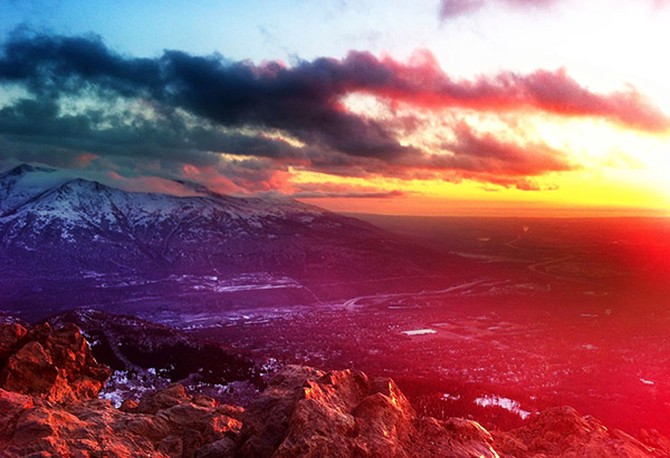10 Breathtaking Photos of Alaska
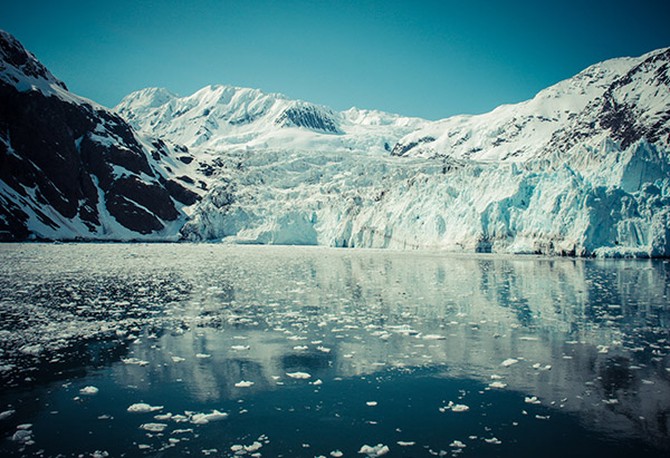
Photo Courtesy of Vince Gold
While Alaska is a geographically large part of the country (it's one-fifth the size of the entire continental United States!), the state's isolation from the lower 48 makes traveling there almost like an excursion to a different country.
For the wives on new OWN docu-series, Married to the Army: Alaska, living on post in Alaska while their husbands were deployed in Afghanistan was a huge adjustment. In Alaska, the ladies (and the OWN crew!) found a picturesque and mysterious place full of glaciers, mountains and wildlife they'd never seen before. The following photos capture the vast beauty of Alaska, and we've also added in some fun facts about the state known as "The Last Frontier."
Photo of the Prince William Sound
Facts courtesy of the official state of Alaska website
For the wives on new OWN docu-series, Married to the Army: Alaska, living on post in Alaska while their husbands were deployed in Afghanistan was a huge adjustment. In Alaska, the ladies (and the OWN crew!) found a picturesque and mysterious place full of glaciers, mountains and wildlife they'd never seen before. The following photos capture the vast beauty of Alaska, and we've also added in some fun facts about the state known as "The Last Frontier."
Photo of the Prince William Sound
Facts courtesy of the official state of Alaska website
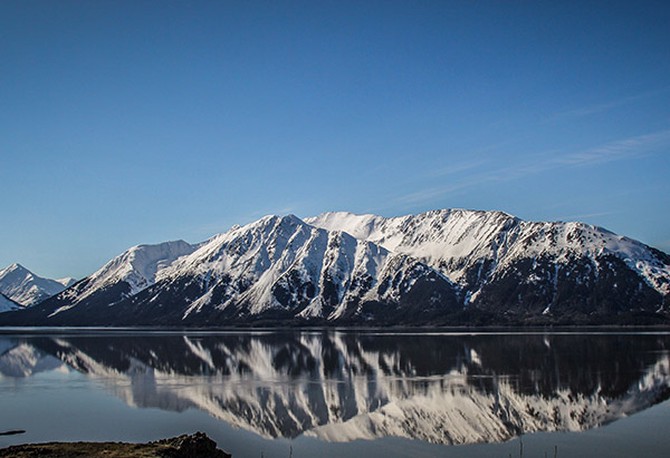
Photo Courtesy of Vince Gold
Seward Highway
The Seward Highway stretches 127 miles and is known for its scenic views where you might catch a glimpse of a Beluga whale, breathtaking waterfalls and other Alaskan wildlife.
And while you are looking at the incredibly blue waters of Alaska, you might like to know that the official state marine mammal is the bowhead whale and the state fish is the giant King Salmon. Did you know that it could weigh up to 100 lbs? That is one big fish!
Photo: Mountains reflected in a lake as seen from Seward Highway.
The Seward Highway stretches 127 miles and is known for its scenic views where you might catch a glimpse of a Beluga whale, breathtaking waterfalls and other Alaskan wildlife.
And while you are looking at the incredibly blue waters of Alaska, you might like to know that the official state marine mammal is the bowhead whale and the state fish is the giant King Salmon. Did you know that it could weigh up to 100 lbs? That is one big fish!
Photo: Mountains reflected in a lake as seen from Seward Highway.
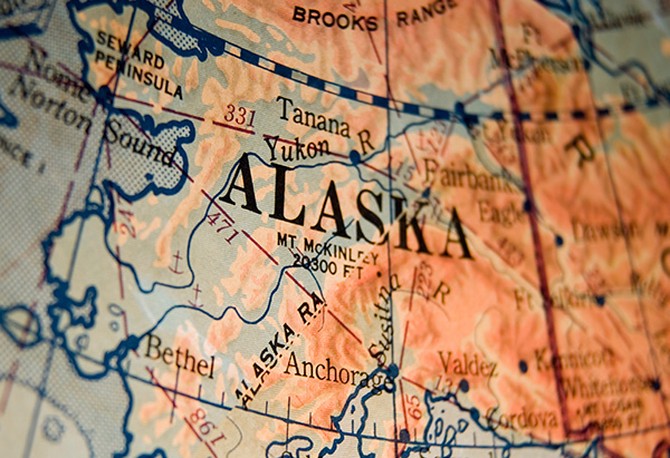
Photo Courtesy of Thinkstock
Alaska comes from the word "Aleyska," meaning "great land."
And here are a few fun facts about this "great land" of Alaska.
The state capital is Juneau. Population: 31,275 (2010 Census)
The state nickname is "The Last Frontier"
The state motto is "North to the Future," indicating the promise of expansion and growth for the great state.
And here are a few fun facts about this "great land" of Alaska.
The state capital is Juneau. Population: 31,275 (2010 Census)
The state nickname is "The Last Frontier"
The state motto is "North to the Future," indicating the promise of expansion and growth for the great state.
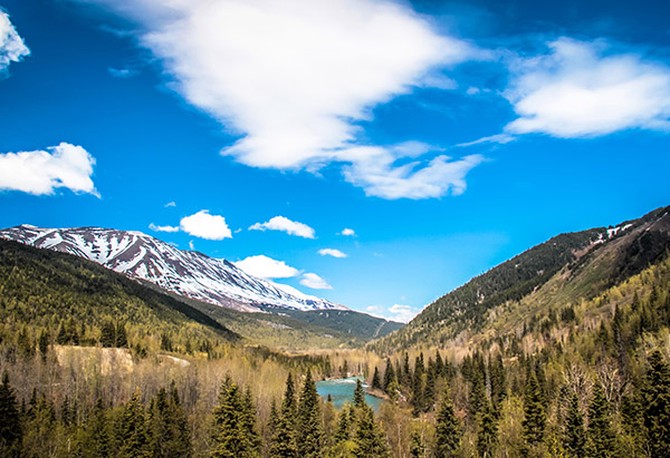
Photo Courtesy of Vince Gold
Moose Pass
Moose Pass is an Alaskan community located on the Kenai Peninsula, nestled on the shores of Trail Lake. Popular activities include hunting, fishing, and flight-seeing (sight-seeing from the air!).
Photo: View of Moose Pass, Alaska as seen from Seward Highway
Moose Pass is an Alaskan community located on the Kenai Peninsula, nestled on the shores of Trail Lake. Popular activities include hunting, fishing, and flight-seeing (sight-seeing from the air!).
Photo: View of Moose Pass, Alaska as seen from Seward Highway
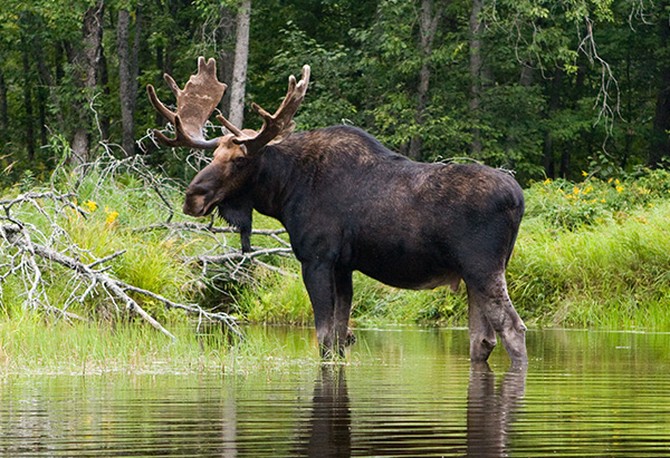
Photo Courtesy of Thinkstock
Alaska's State Land Mammal: Moose
The moose was made the official Alaska land mammal in 1998. Moose is a common animal statewide in Alaska, and they are most abundant in birch forests and along major rivers.
The moose is the world's largest member of the deer family, and they are normally non-aggressive animals, however it is illegal and unsafe to feed them. Alaska has the highest rate of moose-vehicle collisions in the world, according to the Alaska Department of Fish and Game. Many people consider moose to be a symbol of life in Alaska.
The moose was made the official Alaska land mammal in 1998. Moose is a common animal statewide in Alaska, and they are most abundant in birch forests and along major rivers.
The moose is the world's largest member of the deer family, and they are normally non-aggressive animals, however it is illegal and unsafe to feed them. Alaska has the highest rate of moose-vehicle collisions in the world, according to the Alaska Department of Fish and Game. Many people consider moose to be a symbol of life in Alaska.
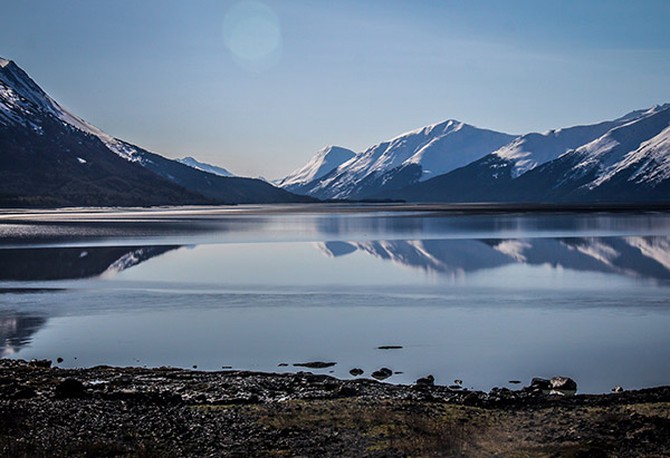
Photo Courtesy of Vince Gold
Seward Highway, Beluga Point looking at Turnagain Arms
South of Anchorage, the Seward Highway parallels Turnagain Arms where you can take in views of the Chugash Mountains.
South of Anchorage, the Seward Highway parallels Turnagain Arms where you can take in views of the Chugash Mountains.
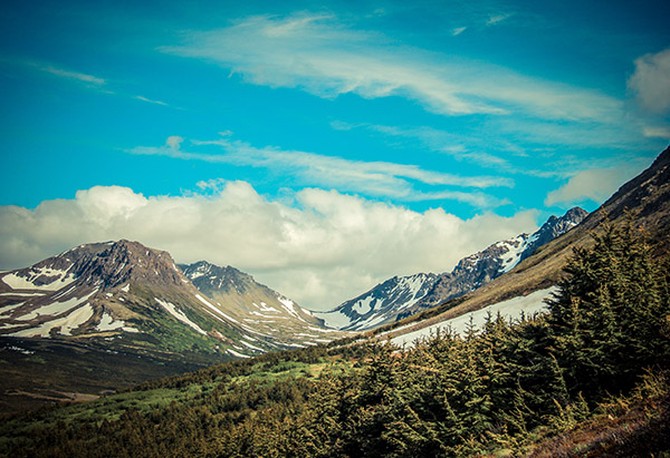
Photo Courtesy of Vince Gold
Chugash State Park, Anchorage, Alaska
The third largest park in America, in Chugash State Park visitors can go hiking, skiing, camping, snowmachining, rafting, and climbing.
The third largest park in America, in Chugash State Park visitors can go hiking, skiing, camping, snowmachining, rafting, and climbing.
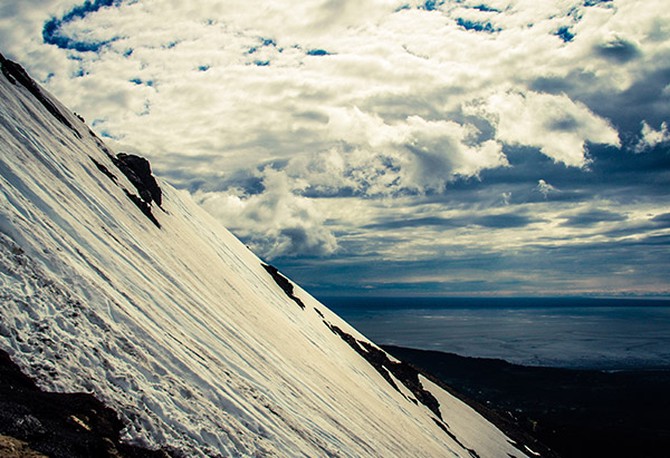
Photo Courtesy of Vince Gold
Flattop Mountain, Chugash State Park
Flattop mountain is the most popular hiking spot in Alaska, with the park containing 495,000 acres of lakes, mountains and forests.
Flattop mountain is the most popular hiking spot in Alaska, with the park containing 495,000 acres of lakes, mountains and forests.
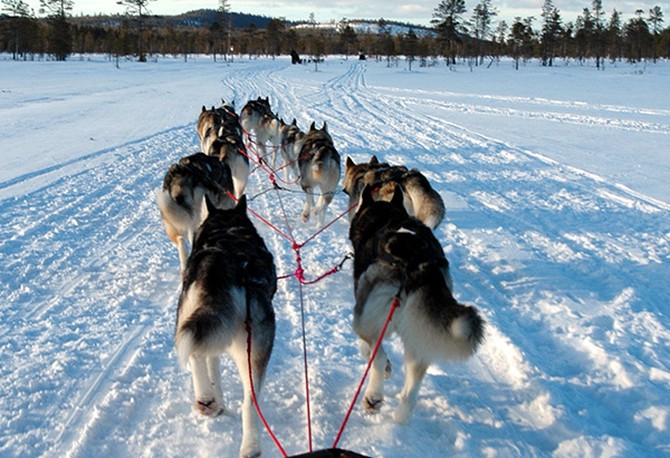
Photo Courtesy of Thinkstock
State Sport
Dog mushing is Alaska's state sport and was once a primary form of transportation.
Dog mushing is Alaska's state sport and was once a primary form of transportation.
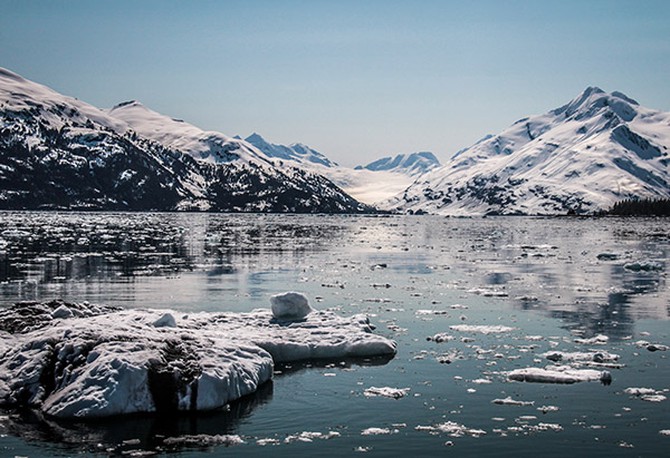
Photo Courtesy of Vince Gold
Prince William Sound, Glacier Tour
Surrounded by mountains, the gorgeous Prince William Sound is a popular boating site filled with glaciers, coves and islands.
Surrounded by mountains, the gorgeous Prince William Sound is a popular boating site filled with glaciers, coves and islands.
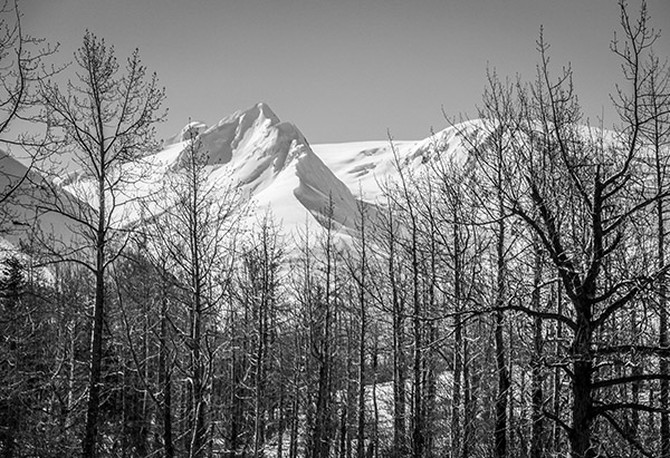
Photo Courtesy of Vince Gold
Whittier, Alaska
Whittier, Alaska is a small town located near the Western edge of Prince William Sound.
According to the official government website for the city of Whittier, the city is a historical area, which was established by the U.S. Army during World War II. In 1943, the Federal railroad to Portage was completed, and the town became the Alaska Command’s main landing point for cargo and troops.
Whittier, Alaska is a small town located near the Western edge of Prince William Sound.
According to the official government website for the city of Whittier, the city is a historical area, which was established by the U.S. Army during World War II. In 1943, the Federal railroad to Portage was completed, and the town became the Alaska Command’s main landing point for cargo and troops.

Photo Courtesy of Thinkstock
State Gemstone and Mineral
Alaska's state gemstone is jade and the state has large deposits of it, including an entire mountain filled with jade on the Seward Peninsula.
Alaska's state mineral is gold which played a large role in the state’s history. In the late 1890’s, during the Alaska Gold Rush, people flocked to the Yukon in hopes of striking it rich while mining for gold.
Alaska's state gemstone is jade and the state has large deposits of it, including an entire mountain filled with jade on the Seward Peninsula.
Alaska's state mineral is gold which played a large role in the state’s history. In the late 1890’s, during the Alaska Gold Rush, people flocked to the Yukon in hopes of striking it rich while mining for gold.
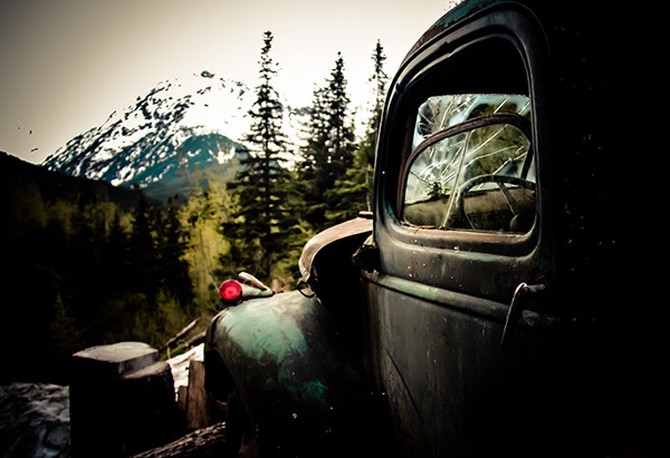
Photo Courtesy of Vince Gold
Crow Creek Mine, Airdwood, Alaska
Located south of Anchorage, miners struck gold in the Crow Creek Mine during the 1898 Gold Rush. Now, it exists as an historic site where visitors can try their luck at finding their own elusive gold nuggets.
Located south of Anchorage, miners struck gold in the Crow Creek Mine during the 1898 Gold Rush. Now, it exists as an historic site where visitors can try their luck at finding their own elusive gold nuggets.
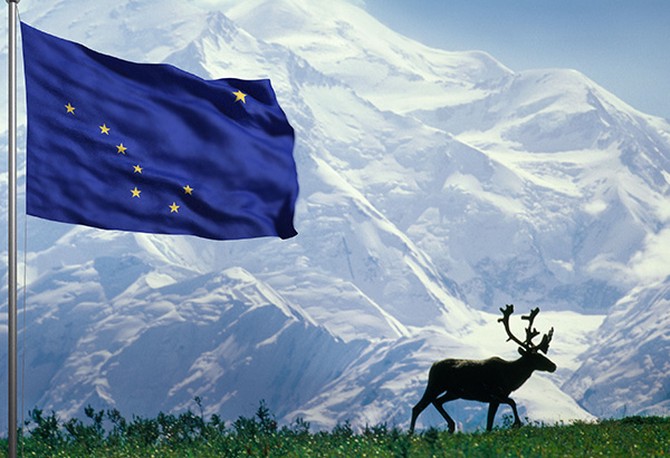
Photo Courtesy of Thinkstock
Alaska State Flag
The Alaska State flag is full of meaning for the “Last Frontier.” The deep blue color represents the sky, as well as Alaska's state flower, the forget-me-not.
The large North Star in the upper, right-hand corner symbolizes the future of Alaska, and the big dipper constellation on the left signifies the Great Bear and is meant to be a symbol of strength.
The Alaska State flag is full of meaning for the “Last Frontier.” The deep blue color represents the sky, as well as Alaska's state flower, the forget-me-not.
The large North Star in the upper, right-hand corner symbolizes the future of Alaska, and the big dipper constellation on the left signifies the Great Bear and is meant to be a symbol of strength.
Published 11/18/2012

